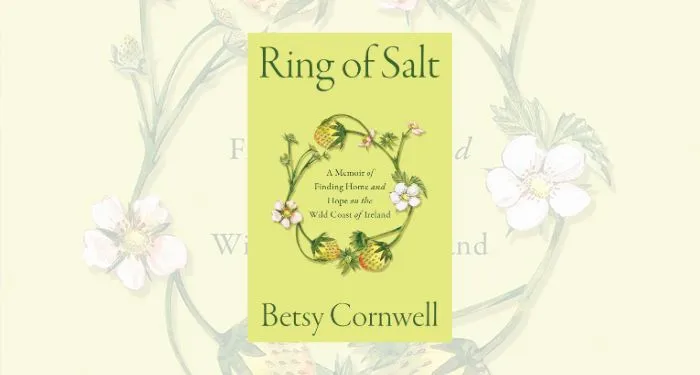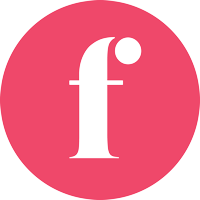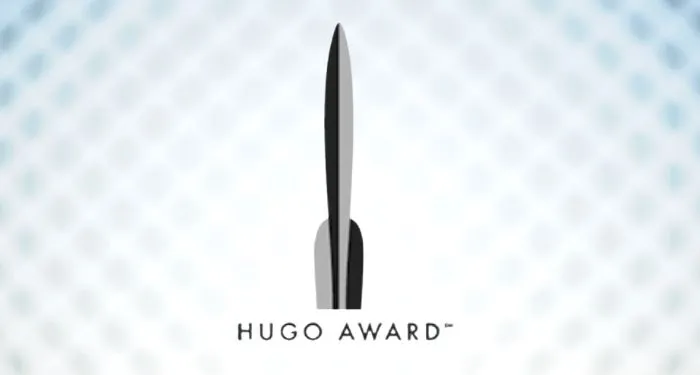Advertising and Marketing
For most self-published authors, success is measured in sales volume. But what if you could make more money by selling fewer books? That’s one of the surprising benefits of selling your books directly to readers instead of relying solely on the big online retailers. With higher profit margins, instant payouts, and a more personal connection to your audience, direct sales offer a path that can be both financially smart and deeply satisfying.
As Ginger explains, this isn’t about abandoning the big eBook stores altogether, but about recognizing how direct sales can work better for certain types of authors, especially those with small but loyal followings. Whether you’re tired of chasing algorithms or simply want more control over your writing career, there’s real power in learning how to earn more from less.
Back in May, we welcomed writer and actor Lauren Carter Reilly to the Fully Booked podcast and discussed her bold decision to publish her first romantic comedy novel completely independent of Amazon and the Kindle Self-Publishing Platform.
I describe it as a bold decision because that’s exactly what it is. Amazon still dominates the book market and still practically owns the self-publishing industry, but there are cracks appearing in that monopoly, and the way in which Lauren has published her most recent book demonstrates that.
She uses the same kind of direct sales system that I do to sell her books—with an elegant shopping cart and checkout that allow you to purchase digital or paperback copies of the book directly from her, instead of Amazon.
However, instead of paid advertising, she leverages (remember, leverage is one of the three core tenants of successful business) her popularity and presence on social media, reaching an audience of tens of thousands of followers who are already fans of her skits, vlogs, and project videos.
For fans wanting to support Lauren’s work, she’s made buying a digital copy of her book as easy and seamless as buying her a latte, and I think it’s a beautiful demonstration of what the creator economy should look like in 2025.
In fact, I heard a prediction back when the Kindle launched, in 2009, about the change self-publishing would have on the publishing industry as a whole. It was predicted that instead of the status quo, in which 100 traditionally published authors each sold a million copies of their books each year, there’d reach a point at which a million authors each sold 100 copies of their books, instead.
As the years have gone by, that prediction seems to have come closer and closer to being true.
Sure, there are still huge names in publishing. Many self-published romance authors are still earning tens of thousands of dollars every month. There are definitely still opportunities out there for dedicated writers who really want to turn publishing into a career.
But there are infinitely more authors who’ve self-published their own books but never started marketing them like they were running a business. Their inspiration to self-publish was more about getting the stories out there than making them part of a practical plan to one day make a living from their writing.
In the community of James Bond fans I hang out with, for example, I have many friends who’ve been inspired by the legacy of Ian Fleming and wanted to pay their own tribute to him by writing and publishing their own adventure books.
(It’s better than drinking half a bottle of clear spirits and smoking 70 cigarettes a day, like Fleming did.)
But these authors don’t approach self-publishing with the same rabid fervor that I do.
Yes, they’ve written novel or two—but unlike me, they’re not planning on spending hundreds of hours and thousands of dollars trying to turn those novels into a six-figure revenue stream using Facebook ads.
They’ve got families, careers, and other things to focus on that are much more important to them, and ultimately, just enjoy their books being available for those who want to read them.
Personally, I love this approach to self-publishing. Financially, it’s not that much different to the experience of traditionally published authors (even those published by the Big Five often have a “real” job instead of making a full time living from their books) and the wonderful thing about self-publishing is that you actually can make some real money from it, even if you don’t sell that many copies of your books.
I mean, it might be “a nice dinner out every month” rather than “a bungalow in Key West” kind of money, but it’s still incredibly validating to have your writing pay for that.
And it doesn’t take much for a self-published author. After all, traditionally published authors normally get just 10% of the royalties for their books that get sold. Amazon will give self-published authors 70% instead. If you use a direct sales funnel, you can even end up keeping up to 99% of the revenue, meaning you need to sell ten times fewer books to still be making the same income as a traditionally published author!
And if you’re somebody like Lauren Carter Reilly, you have access to an audience of tens of thousands of people who might consider buying your book just because you wrote it.
I’ve written before about the four elements that sell books, and readers having a personal connection with an author is perhaps the most powerful of all of them.
If you write under your real name and have an active and engaged audience on social media, like Lauren, you might be surprised at the number of followers invested enough in your success to support you by buying your book.
At that point, the question becomes how to sell your book, and Amazon does seem like an obvious choice in these circumstances.
It doesn’t cost anything to upload your manuscript, you can make it available in digital or print versions worldwide, and Amazon will deposit the royalties from any sales you make directly into your bank account sixty days after the end of each month.
But I really like the approach Lauren has taken, and not just because she’s sticking it to Amazon.
I think building a direct sales funnel could actually be a better choice for authors like her, or for anybody with an established presence on social media.
Sure, building a direct sales platform is inconvenient. It requires building a storefront, setting up a checkout and delivery system, and you miss out on some of the advantages of Amazon exclusivity like Kindle Unlimited page reads, and free promotional days. That’s a lot of extra work with no immediately obvious benefit.
But as somebody who’s spent a year selling their books directly to readers, rather than exclusively on Amazon, I can promise that there are benefits—even if they’re esoteric.
The first and most obvious is that selling your books directly through a platform like Shopify means you receive the revenue for each sale within days, rather than having to wait sixty days after months end, like with Amazon.
If you’re selling hundreds of books each month, it’s obviously nice to get a deposit for thousands of dollars at the end of each month. If you’re only selling a few copies here and there, it’s actually nicer and more convenient to get access to that money instantly.
On my YouTube videos, I often invite viewers to “support me by buying me a pint” and somebody actually buying a copy of my book through Shopify delivers exactly that. It’s not much, but that money gets deposited into my Shopify balance a few hours after the sale, and I can be using it to buy a real pint of beer the very same evening.
You also get more money. It’s often balanced out by Shopify fees and other expenses, but selling your books directly delivers up to 98% of the revenue and when you’re talking “buy me a pint” kind of money, that’s the difference between a pint of domestic or imported.
And finally, there’s the CA-CHING.
After spending a year selling my books directly to readers, I’ve experienced a lot of highs and lows. Some months I’ve made a profit. Some months I’ve made a loss. Sometimes I feel like my efforts are going backwards, as I update my sales funnel and see the performance actually drop.
But the one thing that has always kept me going—and the one thing that means I’ll never go back to selling exclusively on Amazon—is the CA-CHING.
I sell my books using the Shopify platform, and I’ve set up notifications on the Shopify app so every time I sell a bundle of books, I get a “CA-CHING” sound on my phone letting me know.
It’s addictive!
Sure, you can set Book Report to go ‘ca-ching’ every fifteen minutes if you’ve made a sale or got some page reads. Yes, you can go into your KDP Dashboard and see how many sales you’ve made manually every day. However, nothing beats the out-of-the-blue “CA-CHING” you get on your phone letting you know that somebody at that exact second has bought one (or many) of your books.
To me, the CA-CHING made me a convert to direct sales for life.
Whether it’s walking the dog, doing the washing up, or sitting in traffic, I get an instant dopamine boost whenever my Shopify app goes CA-CHING and I realize some internet stranger out there has validated this crazy obsession I have with storytelling by donating their hard-earned income to it.
Yes, there are trade-offs. You’re not getting verified reviews on Amazon when you sell directly. You have to pay Shopify $39 a month and BookFunnel $25 a month, so you have to be confident of selling at least enough books to cover that.
However, the CA-CHING makes me feel like a “real” writer in a way only holding a paperback copy of your book can match. And if you’re an Internet personality like Lauren Carter Reilly, you can realistically reach enough of an audience to make that identity feel valid.
Share this blog
About the Author

Ginger is also known as Roland Hulme - a digital Don Draper with a Hemingway complex. Under a penname, he's sold 65,000+ copies of his romance novels, and reached more than 320,000 readers through Kindle Unlimited - using his background in marketing, advertising, and social media to reach an ever-expanding audience.



















 English (US) ·
English (US) ·